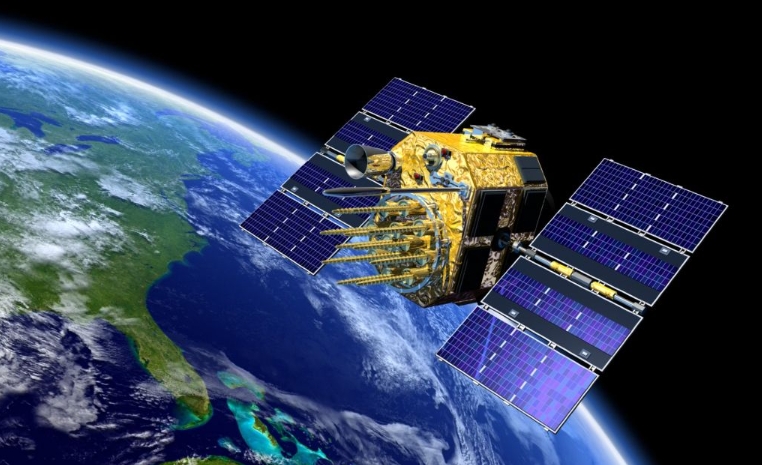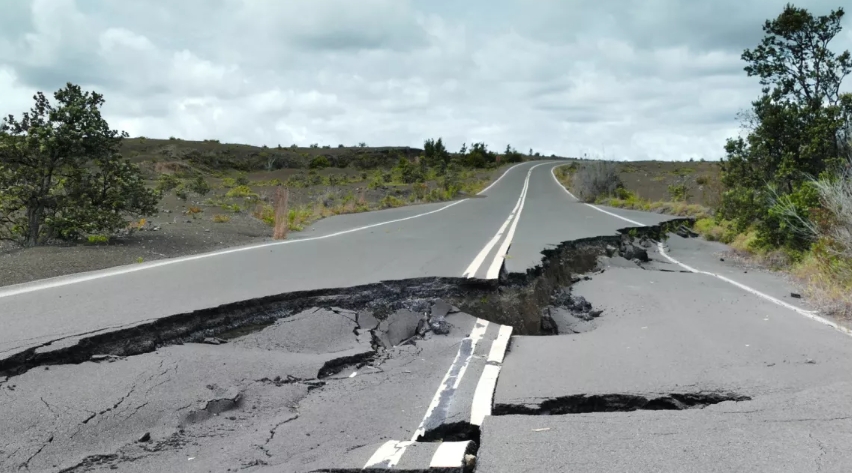Detecting precursors to earthquakes has long been considered a challenging task, with current equipment lacking the necessary sensitivity. However, recent developments in satellite technology have shown promising potential for advancing earthquake detection capabilities.
Though predicting earthquakes remains impossible, advancements in GPS satellites could offer valuable insights into precursor signals, requiring a significant improvement in sensitivity to make early detection a reality.
Seismologists have long sought a crucial piece of information in earthquake prediction known as a “precursor” – a distinct signal that precedes a significant seismic event. However, despite extensive efforts, no reliable precursor has been identified, leading many scientists to doubt the likelihood of ever discovering one.
A potential breakthrough in the search for earthquake precursors has been made by two researchers. According to their findings, GPS measurements could potentially detect the presence of earthquakes several hours before their main events occur. If their hypothesis proves to be accurate, it could open new possibilities for advancing earthquake prediction methods.
Quentin Bletery, a seismologist from the Institut de Recherche pour le Développement and the Université Côte d’Azur in France, sees the potential significance of the breakthrough, stating:
“Conceptually, that tells you that it is possible to do it. That’s a huge step.”
His perspective highlights the promising implications of the researchers’ findings in the field of earthquake prediction.

To explore the potential breakthrough further, Quentin Bletery and his colleague Jean-Mathieu Nocquet utilized a comprehensive dataset maintained by the University of Nevada at Reno. This dataset consists of GPS positions recorded by thousands of stations worldwide every five minutes, enabling precise detection of even subtle ground movements. By analyzing the GPS data, they could effectively observe any shifts in the Earth’s surface.
Focusing on GPS stations located near known earthquake epicenters with magnitudes of 7.0 or higher, Bletery and Nocquet conducted an in-depth analysis of the recorded positions of these stations within the 48 hours leading up to each earthquake. They compared the actual ground motion observed during that time with the expected motion that would be caused by each impending quake.
The study revealed that during the last two hours before an earthquake, the ground’s motion started to align with the anticipated motion. As the time of the quake neared, this alignment became more pronounced. Notably, this pattern was not commonly observed when Bletery and Nocquet analyzed randomly selected two-hour intervals that did not correspond to earthquake occurrences.
The motion observed in the last two hours before an earthquake may hold the precursors that seismologists have been searching for. However, the transformation of this knowledge into a reliable means of earthquake prediction is still distant. The current instruments are not capable of detecting this motion beforehand. Bletery emphasizes that existing equipment would need to be approximately 50 times more sensitive to detect a precursor to an earthquake effectively.
Bletery acknowledges that there is a significant technological gap in earthquake prediction.
“An increasing the number of GPS stations might be helpful, and he expects scientists to take this step. However, he also emphasizes that this measure alone won’t be sufficient to bridge the current technological limitations”.
According to Bletery, the discovery is a significant step forward and is likely to capture the interest of scientists. He points out that their findings offer evidence that earthquakes are not entirely chaotic, abrupt events caused by faults suddenly moving. Instead, the two-hour preview indicates that earthquakes may have precursor elements that could potentially provide early signs before they occur.
Furthermore, their findings have raised additional questions. While investigating the magnitude 9.0 Tohoku-Oki earthquake, which triggered a devastating tsunami off Japan’s east coast in 2011, Bletery and Nocquet noticed something intriguing. The GPS data along Japan’s coast seemed to align with the expected motion well before the two-hour window, showing a repeating cycle approximately every 3.6 hours. However, the cause of this cycle remains a mystery and requires further investigation.

